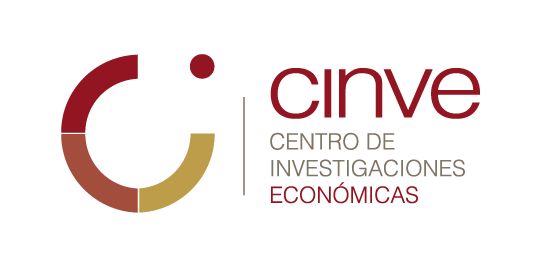The new social security system in Uruguay, in force since 1996, combines a distribution pillar, with defined benefits, administered by the State and another individually funded, with private administration. Upon retirement, the individual receives the defined benefit of the distribution pillar and an annuity equivalent to their accumulated savings in the capitalization pillar, if applicable (for having high income or for having opted to partially contribute to that pillar) .
This article describes and evaluates the new system from the point of view of intra or intergenerational transfers. To that end, a microsimulation model is constructed that reproduces the contributions and benefits of a group of representative individuals throughout their lives. For those individuals, past and future salary trajectories are estimated, and from them the model calculates contributions and benefits according to the norms in force throughout their life. This allows calculating a system performance index (quotient between the expected current value of benefits and expected current value of contributions) for each individual and its dispersion in the set. Likewise, these indices are calculated for groups of individuals of different characteristics, in order to identify the winners or losers in comparison with the situation prior to the reform.
